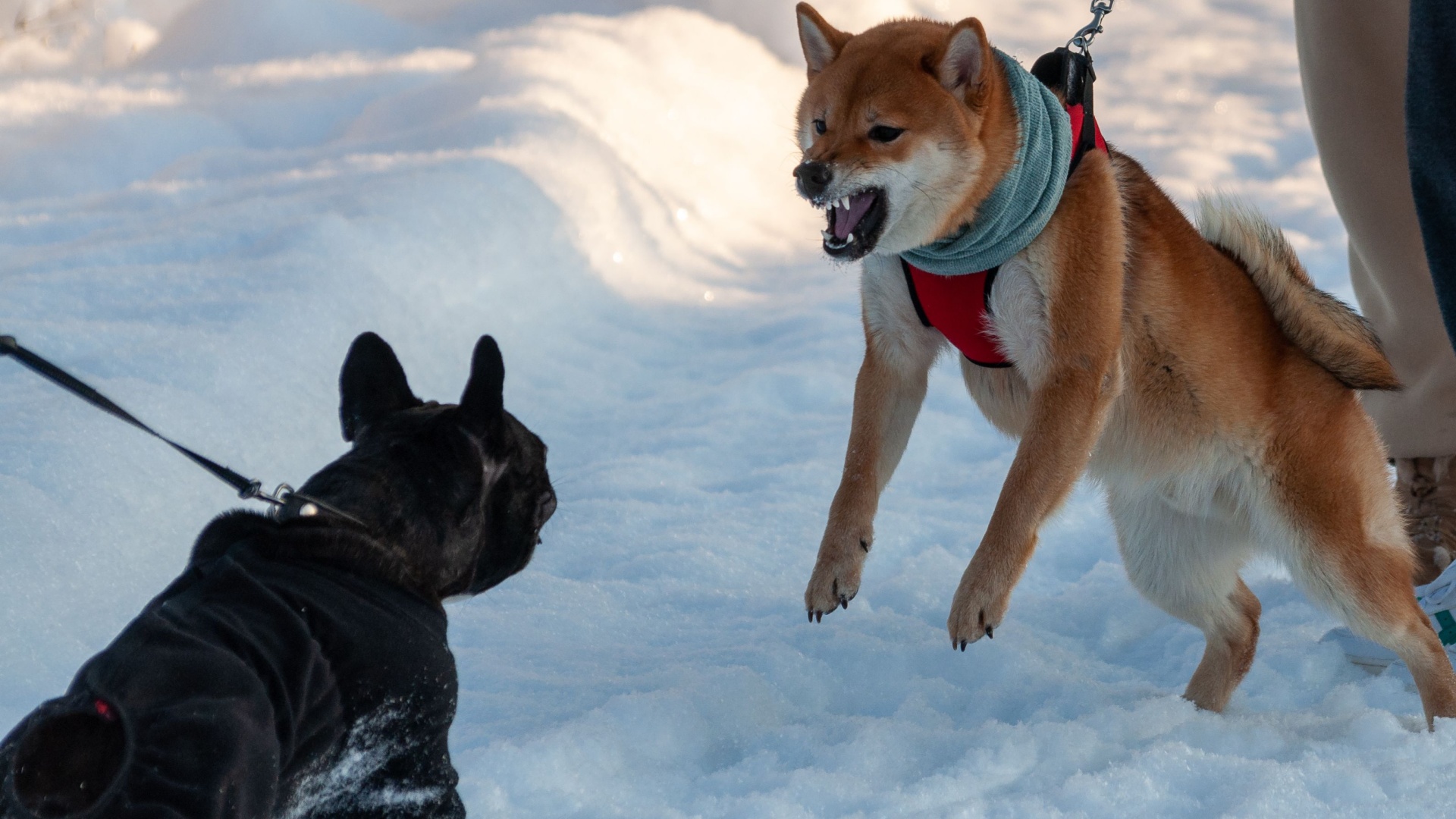Dogs are wonderful companions, but sometimes their barking at other dogs can become a challenge. Whether you’re strolling through the park or greeting a neighbor’s dog, preventing unwanted barks can enhance your dog’s social skills and your peace of mind.
Here are 12 practical and engaging tips to help curb your dog’s barking behavior.
1. Understand The Cause
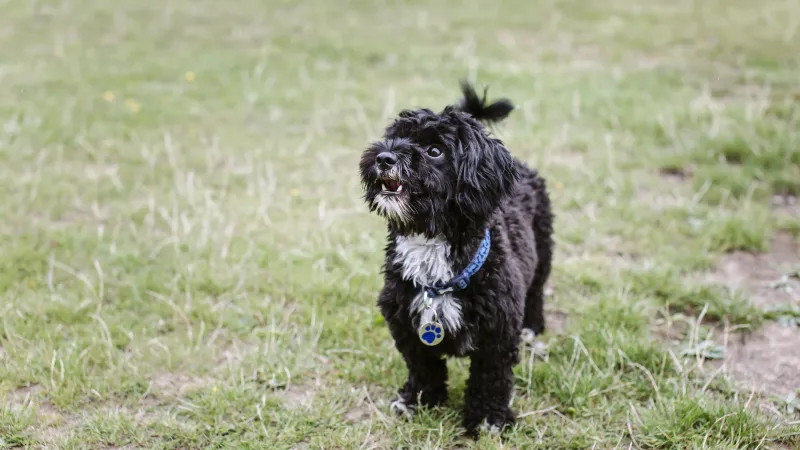
Before you can address your dog’s barking, it’s crucial to understand why they are barking in the first place. Dogs may bark due to excitement, fear, territorial behavior, or simply to gain attention. Observing your dog’s body language and the circumstances leading to the barking can provide insights into their motivations.
For example, a dog that barks with a wagging tail might be excited, while a dog with its tail down might be fearful. Understanding these cues can guide you in choosing the right strategy to manage the behavior.
It’s also helpful to consider the dog’s past experiences. A dog that has had negative encounters with other dogs may react out of fear. Taking the time to understand the root cause of your dog’s barking will be an essential first step in addressing the issue effectively.
2. Socialize Your Dog
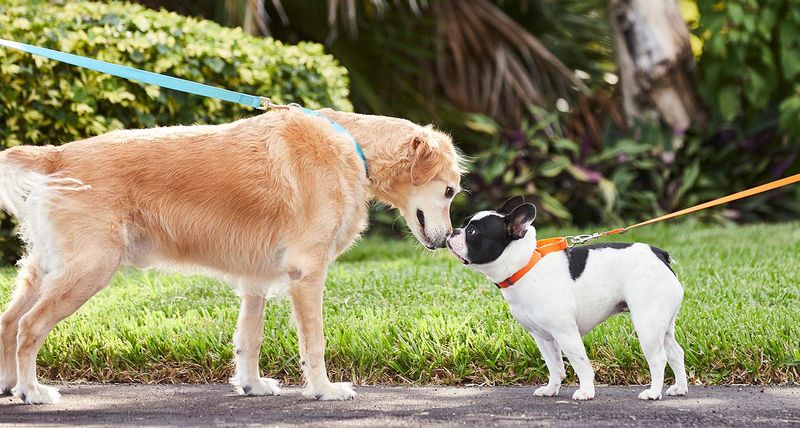
Socialization is a key element in preventing barking at other dogs. By exposing your dog to different environments and dog interactions, you help them become more comfortable in social settings.
Start by introducing your dog to other dogs in a controlled and positive setting. Gradually increase the complexity of interactions as your dog becomes more accustomed.
Socialization should begin at a young age, but it’s never too late to start. If your dog is older, patience and consistent exposure can still yield positive results. Consistent socialization not only reduces barking but also helps your dog develop healthy relationships with other dogs, enhancing their overall social skills.
3. Basic Obedience Training
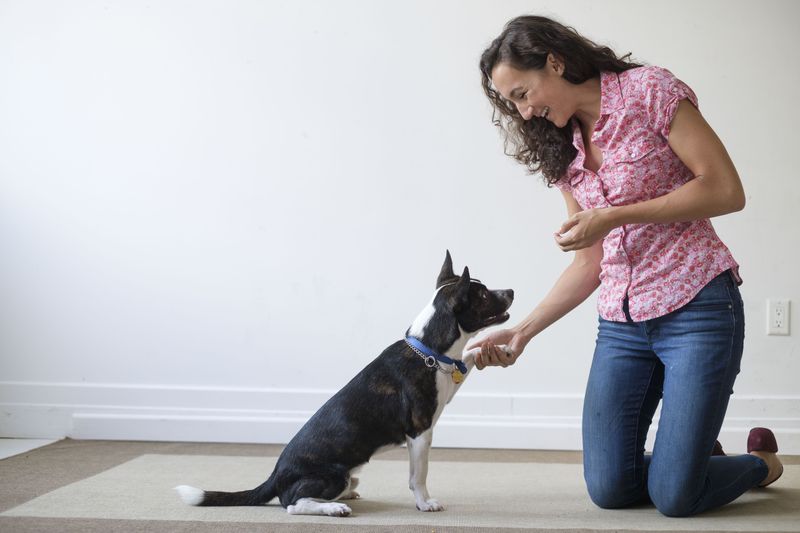
Teaching your dog basic obedience can provide a solid foundation for controlling unwanted barking. Commands such as ‘sit,’ ‘stay,’ and ‘come’ can redirect your dog’s attention when they start to bark.
Consistent training helps reinforce these commands, making your dog more responsive even in distracting environments. Using positive reinforcement, like treats or praise, encourages your dog to obey commands willingly.
Training sessions should be short and engaging to keep your dog interested. Over time, your dog will learn to associate calm behavior with rewards, reducing their tendency to bark at other dogs. Obedience training is not only about command learning but also about building a strong bond between you and your dog.
4. Use Distraction Techniques
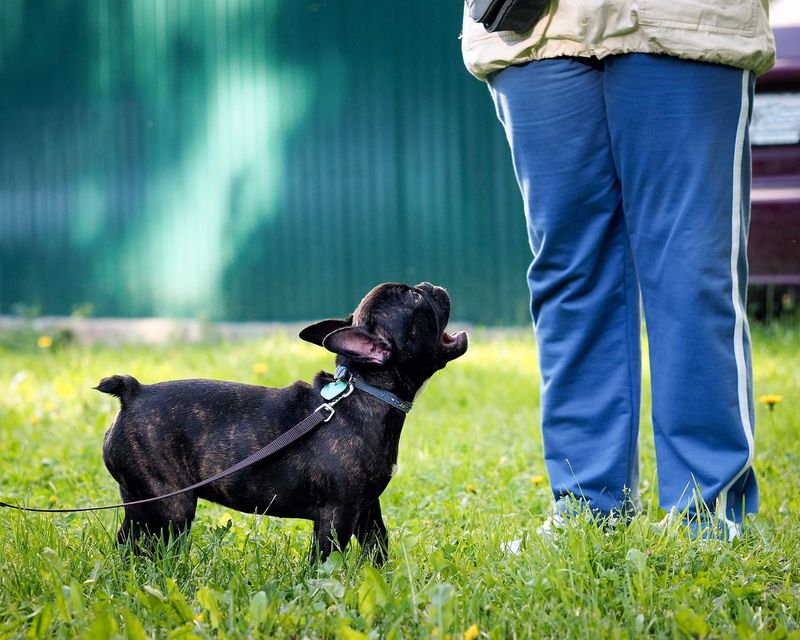
Distraction can be a powerful tool in managing your dog’s barking when other dogs are around. Carrying a favorite toy or treat during walks can help divert your dog’s attention from other dogs.
When you notice your dog about to bark, quickly use the distraction to shift their focus. This technique requires timing and consistency.
Eventually, your dog will learn to associate the presence of other dogs with positive experiences, rather than barking. Keep distractions varied and engaging to maintain your dog’s interest. This approach not only curbs barking but also enriches your dog’s walk with enjoyable activities.
5. Establish A Routine

A well-established routine can significantly reduce your dog’s anxiety and the tendency to bark at other dogs. Regular feeding, walking, and playtimes create a sense of security and predictability for your dog.
When dogs know what to expect, they are less likely to feel stressed or anxious. This stability can decrease their impulse to bark out of fear or excitement.
Include socialization and training in your routine to reinforce positive behavior. Over time, a structured routine can help your dog feel confident and less reactive in social situations, keeping barking to a minimum.
6. Positive Reinforcement
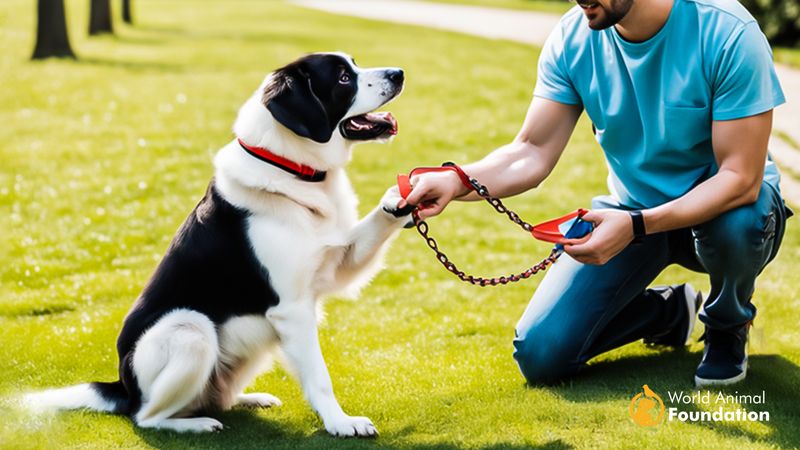
Positive reinforcement involves rewarding your dog for desired behavior, like staying calm when passing another dog. This method reinforces the idea that good behavior leads to positive outcomes.
Whenever your dog refrains from barking, immediately offer a treat or praise. This immediate feedback helps your dog understand which behavior is rewarded.
Consistency is key. Over time, your dog will associate calm behavior with rewards, reducing their inclination to bark at other dogs. Positive reinforcement not only discourages negative behavior but also strengthens the bond between you and your dog.
7. Avoid Negative Reinforcement

Negative reinforcement, such as scolding or punishing your dog for barking, can often exacerbate the problem. Dogs may become more anxious or fearful, leading to increased barking.
Instead, focus on redirecting your dog’s behavior positively. Use commands or distractions to guide them towards desired behavior.
Building a positive learning environment encourages your dog to behave well without fear of punishment. This approach fosters trust between you and your dog, creating a more harmonious relationship and reducing unnecessary barking.
8. Leash Control
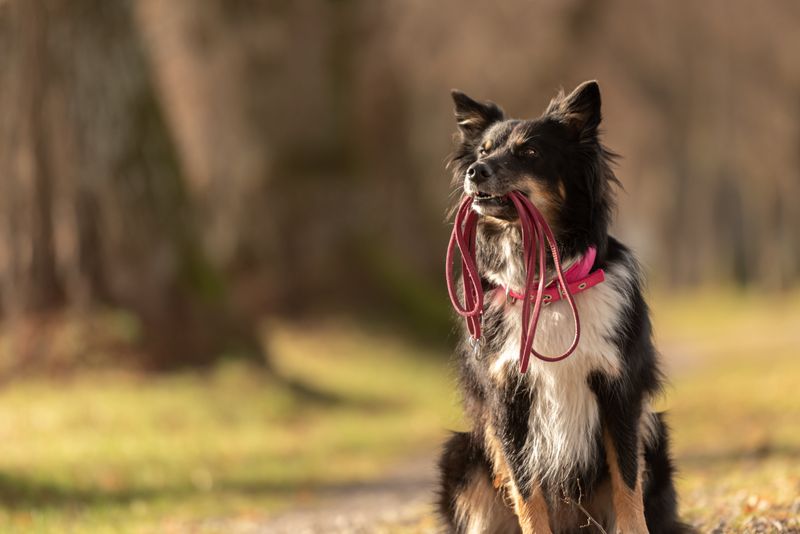
Proper leash control can prevent your dog from lunging and barking at other dogs during walks. Using tools like a no-pull harness or head collar can give you better control without causing discomfort to your dog.
Practice walking with your dog in a calm and controlled manner. When your dog starts to bark, gently redirect their attention using the leash.
Consistently practicing leash manners helps your dog learn to walk calmly beside you, even when other dogs are present. This not only reduces barking but also improves your dog’s overall walking experience.
9. Desensitization Training
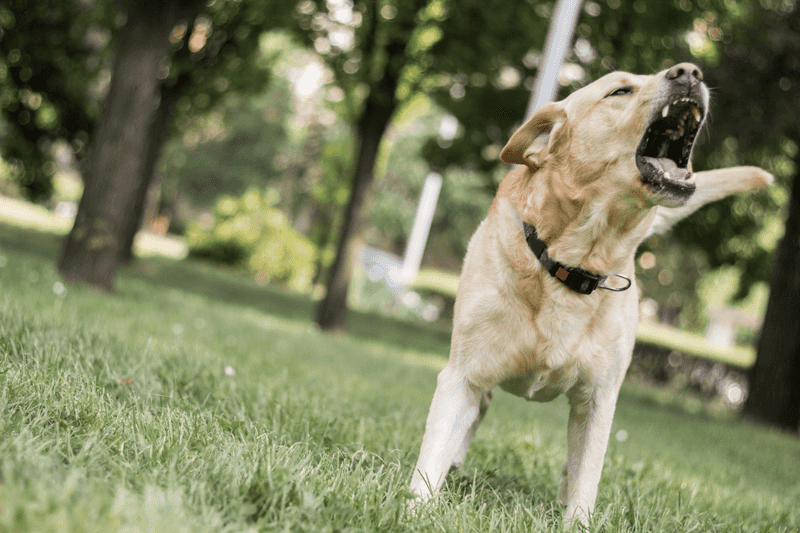
Desensitization involves gradually exposing your dog to other dogs in controlled settings to reduce their reactive barking. Start by keeping a safe distance where your dog feels comfortable and gradually decrease the distance over time.
Reward your dog for calm behavior throughout the process. If your dog becomes anxious or starts to bark, increase the distance and proceed slowly.
This training method requires patience but can significantly reduce anxiety-related barking. By taking small steps toward comfort, your dog learns to remain calm in the presence of other dogs, leading to quieter interactions.
10. Avoid Overstimulation
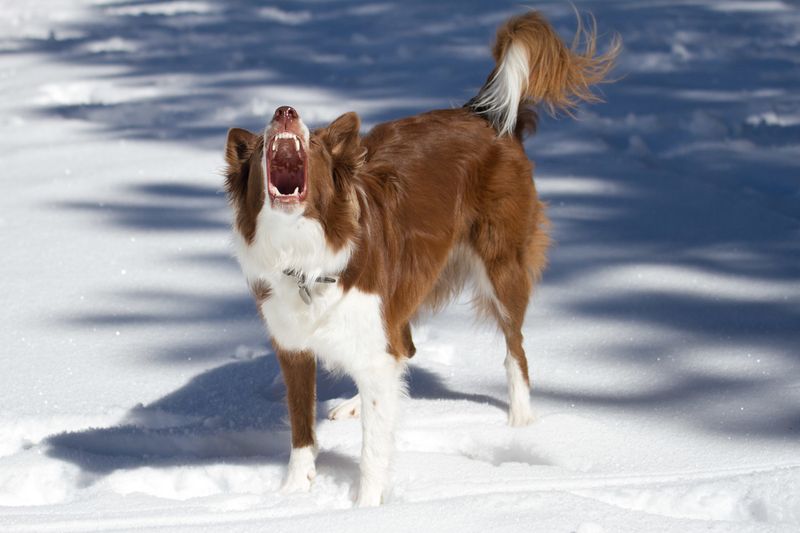
Overstimulation can cause dogs to bark excessively. Providing a calm and quiet environment at home helps reduce overall barking tendencies.
Limit exposure to excessive noise or crowded places if your dog becomes easily overwhelmed. Create a safe space where your dog can retreat and relax when needed.
Balancing stimulation with relaxation ensures your dog remains calm and less prone to barking. This balance enhances your dog’s well-being and reduces barking at other dogs, especially in busy or loud environments.
11. Consult A Professional Trainer
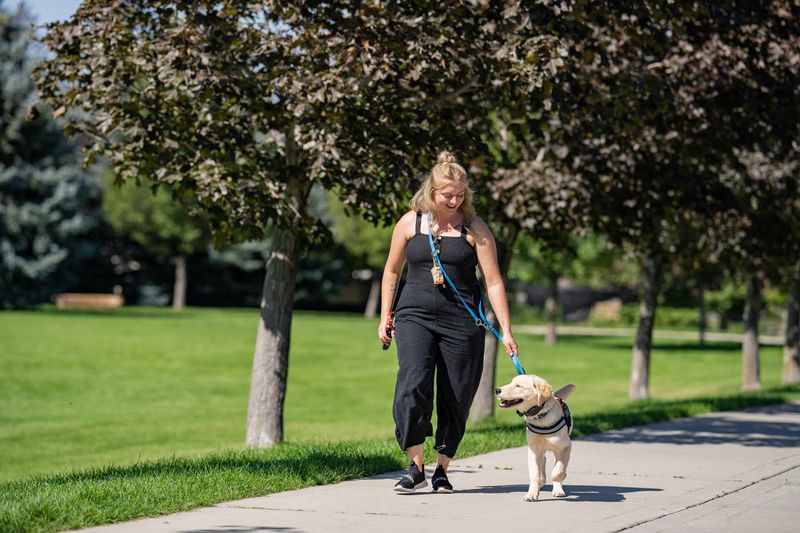
If your dog’s barking continues to be a challenge, consulting with a professional dog trainer can provide personalized strategies and insights. Trainers can identify specific triggers and work with you to address them effectively.
Professional guidance is especially beneficial for dogs with ingrained behavioral issues. A trainer can demonstrate techniques that you might not be familiar with, and tailor solutions to your dog’s needs.
Collaborating with a professional not only helps resolve barking issues but also enhances your understanding of your dog’s behavior, leading to a more harmonious relationship.
12. Use Calming Aids
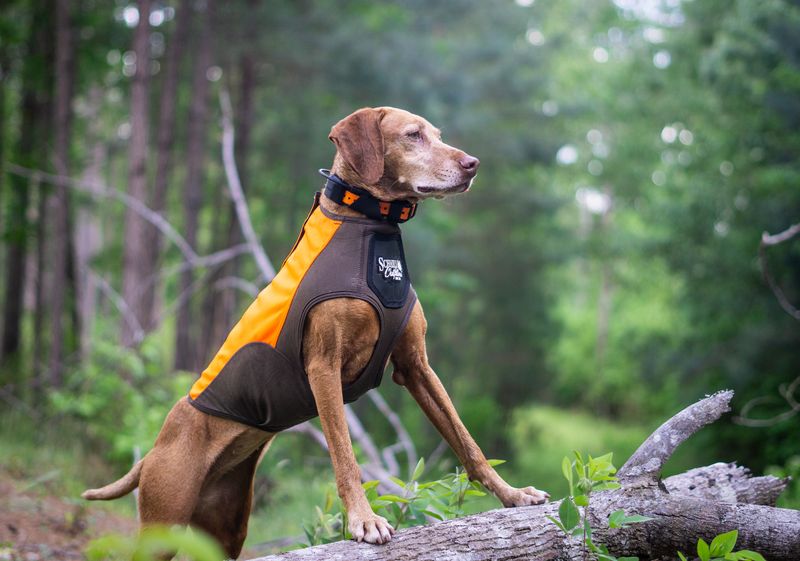
Calming aids, such as vests or diffusers, can help soothe anxious dogs prone to barking at other dogs. These aids apply gentle pressure or release calming pheromones, promoting relaxation.
They are particularly useful in situations known to cause anxiety, like visiting a busy dog park or during fireworks. Calming aids are not a standalone solution but can complement other training methods.
By reducing stress levels, these aids can make your dog more receptive to training and less likely to react by barking. Always consult with your vet to choose the best calming aid for your dog’s specific needs.

